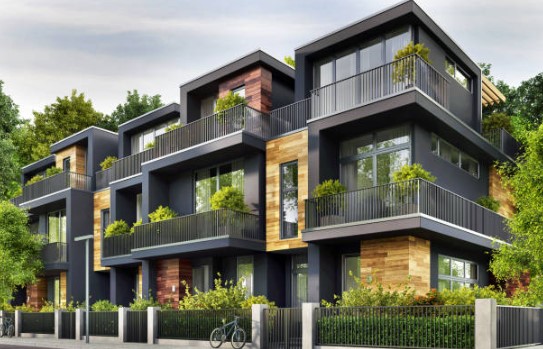So you've found the perfect rental apartment with plenty of impressive amenities in a fantastic area. You may be dreaming of lazy afternoons by that pool, but before you sign the lease and get packed, walk through the property with your landlord and do a thorough apartment inspection.
Here are just a few reasons why having an inspection is important when moving into a new apartment:
To Identify Pre-Existing Damage
Before you move in, thoroughly inspect your new apartment to avoid any problems later. You definitely don't want to be blamed for damages you aren't responsible for down the road, potentially leading to the forfeit of your deposit. Also, while the landlord may be more than happy to repair any damage later without blame, it may be an unnecessary hassle if you have to move furniture and belongings for them to access the spots for repair. Addressing it upfront before you start unloading the truck is much better.
To Ensure Safety and Functionality
Inspections help determine if the apartment is safe and in good working order. Look for potentially dangerous issues like faulty wiring, gas leaks, or smoke and carbon monoxide alarms that don't work.
Address Maintenance Concerns
During an inspection, you can point out any repairs or upkeep tasks that the landlord or property management needs to take care of. This includes broken locks, leaky faucets, and appliances that don't work. By writing down these problems at the start of your lease, you can ensure they are dealt with quickly and effectively.
Protecting Your Security Deposit
If you have clear proof of any damage before you move in, you can avoid being held responsible for it when you move out. This can keep you from potential disputes and ensure you get your full deposit back when your lease is up.
Setting Expectations
By examining the apartment in person, you can confirm if it matches the description provided during the rental process. This helps avoid any surprises or misunderstandings about the condition or amenities of the apartment.
How to Do a Thorough Rental Inspection
Before you begin, come equipped with a copy of the lease agreement, move-in checklist (if provided), and any other relevant documents. These will serve as references during the inspection. Also, bring a flashlight, notepad, pen, smartphone (or camera) for taking pictures, and any other tools you may need to document and evaluate the apartment.
Exterior
Start by examining the exterior of the apartment building. Look for any signs of damage, such as cracks, water leaks, or broken windows. Check the condition of the entrance, stairs, and common areas as well.
In the Kitchen
Test all appliances, including the oven, stove, refrigerator, dishwasher, and microwave, to ensure they are in working order. Check inside to ensure they're clean and there's no ice build-up in the freezer. Inspect the countertops for burn marks, scratches, stains, or nicks. Examine the drawers and cabinets to ensure they're clean and have no faulty hinges or catching drawers.
Bathrooms
Flush the toilet and test that the sink drains effectively and is leak-free. Check the water pressure in the shower and look for leaks in the nozzle, faucet, or tub. Open the cabinets and drawers to ensure they're clean, and all hardware is in working order. Note any stains/cracked tiles.
Everywhere
Check for cracks, holes, water stains, or signs of mold or mildew on walls, ceilings, and floors. Check the flooring and/or carpeting for stains, warping, curling, or fraying.
Test the outlets (a phone charger works well for this) and light fixtures for burned-out bulbs. Check windows and doors for proper functionality. Ensure they open, close, and lock securely, and that window screens and panes are in good condition.
Check all the locks, smoke and carbon monoxide detectors, and security system (if applicable). Inspect the heating, ventilation, and air conditioning system for functionality and cleanliness. Inspect closets, cabinets, and storage spaces for sufficient space and any signs of damage.
Talking to the Landlord or Property Manager
While most landlords are responsible and run a tight ship, accidents still happen, and they may not always be aware of all the damages in their units. Be sure to keep detailed notes and photographs of any damages or concerns.
Speak to the landlord or property manager about your results and provide them with a written report with the photos you took. If any issues need immediate attention, highlight them in your account. Finally, document any agreements between you and the landlord regarding repairs in writing.
Now You Can Get Packing!
Whether it's your very first apartment or you're just transitioning between rental homes, moving into a new place can be full of excitement and possibilities! Once you've done your inspection, you can feel confident that your new home sweet home is that much cozier.










